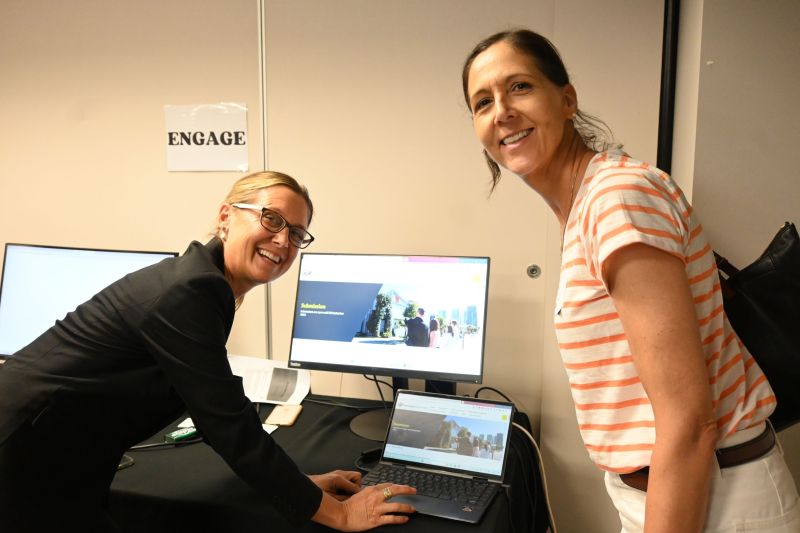Successful communication is vital for effective teamwork and improved performance. But in the ever-changing landscape of internal communications, what should we be doing today to achieve the best results?
Gallagher’s 2023 Workforce Trends Report Series(1) shares valuable research findings across over 30 industries and has some top tips to aid our efforts in reaching employees.
Keep it personal
Collaboration and interpersonal channels tend to rate much higher in terms of performance. Team meetings run by people managers, enterprise chat tools (such as MS Teams), informal get-togethers, social events and one-to-ones run by people managers are consistently effective channels to deliver your messages.(2)
People-focused
Work with those in the know to keep things people-focused, and broadcast your messages by email, e-newsletters and face-to-face or virtual town halls. These are effective methods for all employees to share corporate messages from leaders.(3)
As for employee self-serve channels, offer the intranet, employee communication portals and, in particular, employee apps(4), which the research shows have the highest effectiveness score.
Authentic connection
People want authenticity – it’s time to be braver with our messaging and use creativity and humour to tell our campaign stories.(5) We need to have a richer appreciation of audiences as individuals and construct a clear narrative!
This will ensure that every communication we release is not only clearly aligned, but will help us make best use of our budget and support the overall strategic narrative.(6)
Know your audience
When it comes to communicating change, having the fundamentals right can set an organisation up for success. We need to understand that our communication impact will vary due to the understanding and behaviour of different audiences.(7)
Select audiences where you have the most influence – usually people managers – and create a compelling narrative, making sure you have an in-depth understanding of its impact along with an engaging visual identity for your campaign.
People managers are the best ambassadors for delivering your campaign message – so supporting these people with communications training is a win-win.(8)
What’s the culture?
Of course, for internal communications to be highly effective, most respondents agreed that the workplace culture is of primary importance. Leadership behaviours and strong definitions of what is considered ‘acceptable’ or ‘unacceptable’ in terms of the way people interact with each other is extremely important and can help, or hinder, internal communication.
The ‘how’ effect
How an organisation talks to its people influences the behaviours and attitudes that people managers instil in their teams, and using collaboration and interpersonal channels, a personal message tone creates a sense of ‘togetherness’ and supports the organisational wellbeing in an increasingly virtual environment.
Link to research paper: https://www.ajg.com/employeeexperience/state-of-the-sector-2023/
- Internal Communication and Employee Experience Findings from the 2022/23 survey, Gallagher
- Page 51-52
- Page 50
- Page 52
- Page 21
- Page 55
- Page 34
- Page 19














